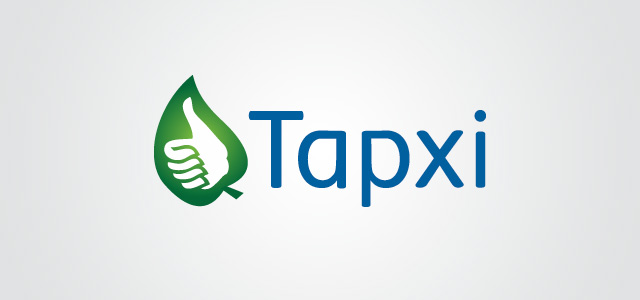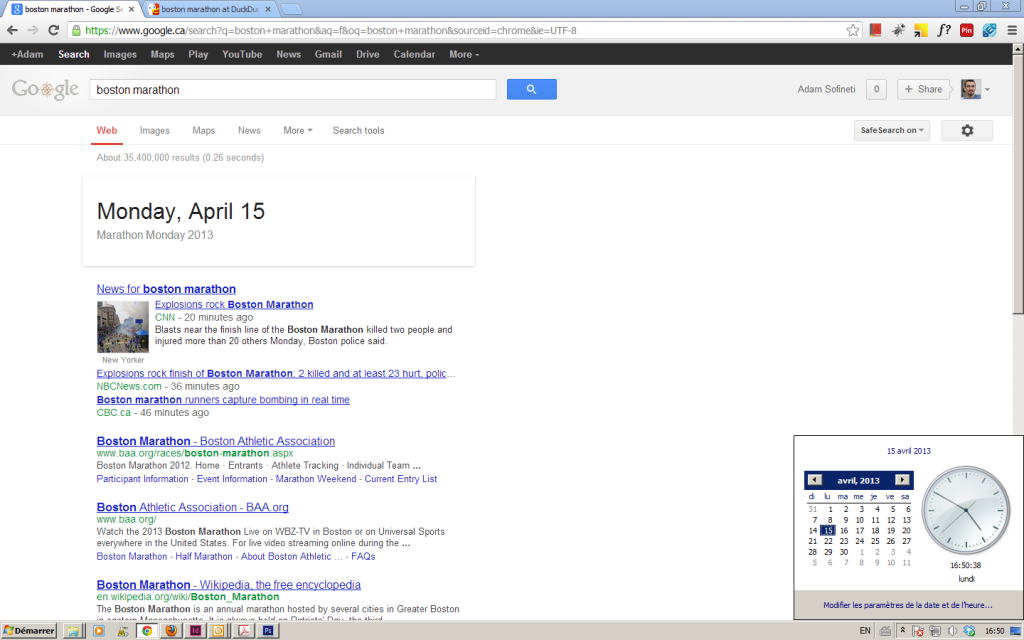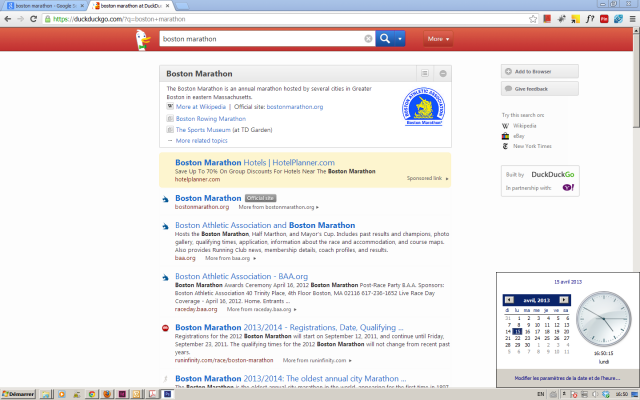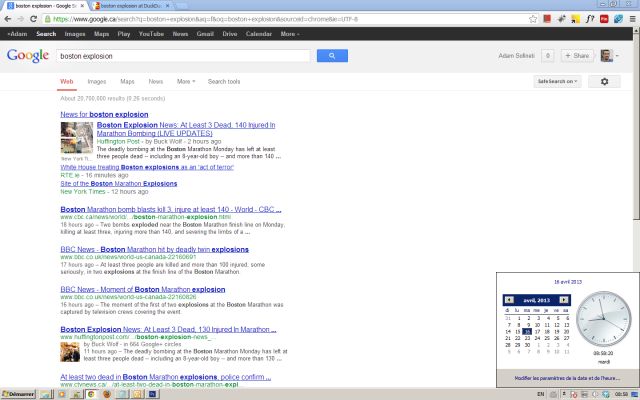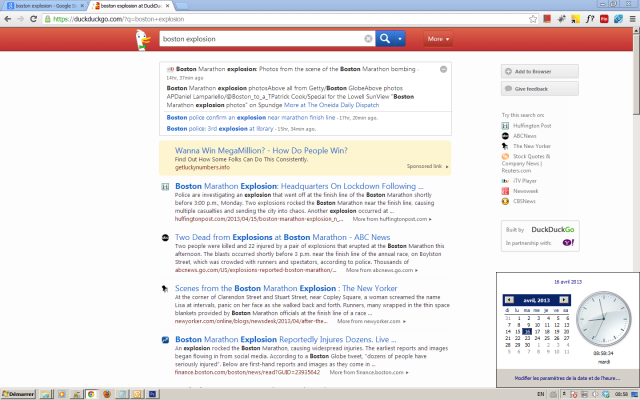I wanted to name this post “Luxury brands and bloggers, a few tips to make this relationship work”, because what I’m going to cover here should work for any luxury brand, but since I have more experience with dealing with watch brands, I opted for this title.
It’s been already four years that I’ve started WatchPaper, a blog about watches. I have to admit, there was a few years that I haven’t touched it as I was too busy with other projects, but now I’m back in action with big plans for this website.
Since 2009, I noticed many changes in the luxury industry: if in those days you wouldn’t see too many brands having a Twitter account, not to say a Facebook page, now, watch brands realized the importance of social media and most of them are using it (with a few exceptions, either because they live under a rock or don’t care because their business is booming anyways). The really smart ones are on YouTube, Tumbler and Pinterest too. Yes, Pinterest! It’s the perfect social media platform for luxury.
With a good chunk of their sales being made in China, you might even find a few brands using Weibo, the Chinese version of Twitter. Hěn hǎo!
Just a couple of years ago, most of the watch brand websites were running on Flash, somehow they thought that we’re still in 2001 and people have patience to wait for a splash screen to load and we’re curious to find out more about the music the CMO likes. Luckily for us and for them too, most of the websites today use modern technologies and those that are really on the cutting edge made their website play nicely with mobile devices too. We can still see, here and there Flash websites, but they are the exception and not the norm.
Just as with social media, brands realized that blogging is a great tool to reach out to potential customers, nurture a brand image and create new relationships. There are a few blogs out there that are run by the brands themselves and the number of blogs written by hobbyists and collectors has significantly increased too.
If you’re the CMO or any other person in charge with PR, here are a few things I would like you to keep in mind:
Respect my time
You are in the business of measuring time, you know better than anyone else the value of time.
I’m not a journalist payed by a big publication, I have a full time job and other obligations that keep me busy. If I decide for whatever reason to write about you on my blog, please don’t make y life more difficult. I don’t have the time and patience, there are 600 other brands I can write about.
Access to news and media
When I say make my life difficult, I mean give me access to your materials in a streamlined fashion, so that by the time I gather all the stuff I need for a post, I won’t feel like Asterix who entered “The Place”.
I’m fine with registering for newsletters and accessing press rooms, because I want to be up to date with your latest novelties, but once you have my information and especially once you see where I’m coming from don’t ask me to contact your PR representative directly to get the images I need.
That’s a big NO!
Your PR officer has two options: to send me all the images, which is a huge file and too much hassle to download and unzip, or she will send me a few images that she considers relevant, but that are not exactly what I was looking for and again very much time consuming.
Your PR officer has other more important roles and duties than sending me images from your media library. They should be there as point of reliable information, answering specific questions that are not covered by a press release.
If you want to alienate bloggers, be frank about it and tell me to buzz off, like the brand we all know is doing it. I’m fine with it, it’s their choice to be reclusive and MAYBE I will try other channels to write about them.
Media libraries I like
There are a few brands that do it in a really great way and it’s a pleasure to brows their press corner. News are in chronological order, the images have thumbnails with captions and they are also optimized for the Web.
A small parentheses: I’m a blogger with a very short attention span, if your media library consist of only high resolution CMYK TIFFs, 50 MB each, I won’t be happy.
It is also really nice when I can download images one by one, or select several and download as a single file, it gives me more control over my bandwidth and my time.
Start using metadata
Here is a tip that is worth sending me a limited edition watch. It’s unbelievable how metadata is so underestimated by companies! Luxury watch brands are not the only ones to ignore this gem of technology, but it’s time for you to start using metadata.
When you’re adding images to your media library, you can include a wealth of information with the JPG files, such as the name of the watch, the reference number, the name of the photographer, who is the copyright holder, etc. It would make it so much more easy to build really smart websites that would read this information and link them together in a meaningful way.
I’m not talking here about corporate open data and linked open data. That’s for another post, maybe in a few years when the industry will be ready to talk about these things.
Keep an archive
I would love to see brands taking over the control of their history. It’s not normal that in a business where heritage and history is so important, that when it comes to the Internet, it is presented with only a couple of paragraphs and a few black and white pictures.
Your history is more than that. Just as museums around the world, you should start looking at your archives and start digitizing everything: sketches, photos, patents, diplomas, etc. This digital archive should be available online for us bloggers, journalists, writers.
Symbiosis
This list could go longer, but there is one thing I would like to emphasize here: you, the brand and me, the blogger, we’re in symbiosis. I need you to feed me with brute materials for my stories and you need me, because blogs are the cornerstone of social media.
I want you, the watch industry, to be known, to be respected and prosper! The craft of watch making is part of our human cultural heritage and in a world of smart watches and other digital gizmos, it’s important to keep this tradition alive. Please help me help you!








